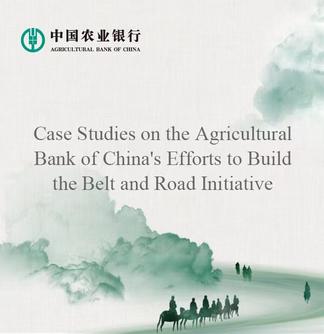BEIJING, Jan. 25 (Xinhua) -- China's GDP growth is expected to drop in 2019 when the downward pressure on the economy remains amid internal and external problems. However the policy support and market resilience will help China's economy maintain a stable growth in a long term.
Since 2018, global economy has continued to see a recovery with a slowing pace. It is estimated that the economy in the world is likely to witness a sluggish performance in 2019, due to the ongoing rise of trade protectionism, tightening global liquidity, potential currency crisis in emerging market and geopolitical conflicts.
Looking back at the year of 2018, China’s economy has still confronted a downward pressure amid internal and external problems. According to the statistics, China's GDP in the third quarter of 2018 increased by 6.5 percent year on year, registering the second lowest performance since the financial crisis in 2008; the Purchasing Managers’ Index (PMI) for China’s manufacturing sector came in 49.4 in December 2018, down from 50 in November, a new low since March 2016.
However, despite the downward pressure, China’s major economic indicators still stayed within a reasonable range, as the fundamental role of consumption to economic growth has been further enhanced, and the economic structure has been optimized continuously.
Since April, 2018, the growth rate of manufacturing investment has rebounded for eight consecutive months ; in the first 11 months of 2018, the added value of high-tech manufacturing and equipment manufacturing industry in China has increased 5.5 percentage points and 2.0 percentage point than that of industrial enterprises above designated scale.
Apart from trade conflicts, China still faces two major constraints on its economic operation in 2019. On one hand, with the rapid tightening of global liquidity, the global economic growth tends to slow down in the era of post-Quantitative Easing (QE) .
Canada, the United Kingdom, Argentina, Turkey, India and other countries have raised their benchmark interest rates to varying degrees since 2018. In such a context, credit crunch will undoubtedly exert a dampening effect on global economy, and China is not immune from the impact.
On the other hand, China's economic restructuring cannot be achieved at one go or be problem-free. It is fair to say that despite its rapid growth over the past two or three decades, China's economy still features many industries that are low value-added, maintaining extensive growth at the expense of the environment, and dependent on massive capital investment.
China has been paying much attention to the realization of high-quality and green development by transforming economic development modes and upgrading economic growth drivers. In this process, many enterprises or industries will confront difficulties in transformation and a chain of problems and challenges such as depressing industry production and shrinking profits.
China is still and will be in an important period of strategic opportunity for development for a long time, and will make ensuring stable growth a top priority of its macroeconomic policy in 2019.
Despite the transformation from the fast-growth stage to a high-quality development stage, China's economy is still highly resilient and enjoys huge volume, deep market, and many favorable conditions to win the battle of preventing and resolving major risks and coping with external risks. From this perspective, the adopted policies and arrangements will also help to lay a decisive foundation for the successful building of a moderately prosperous society in all aspects. (Contributed by Xiong Yuan, Edited by Ma Xin, maxin11@xinhua.org)




 A single purchase
A single purchase








